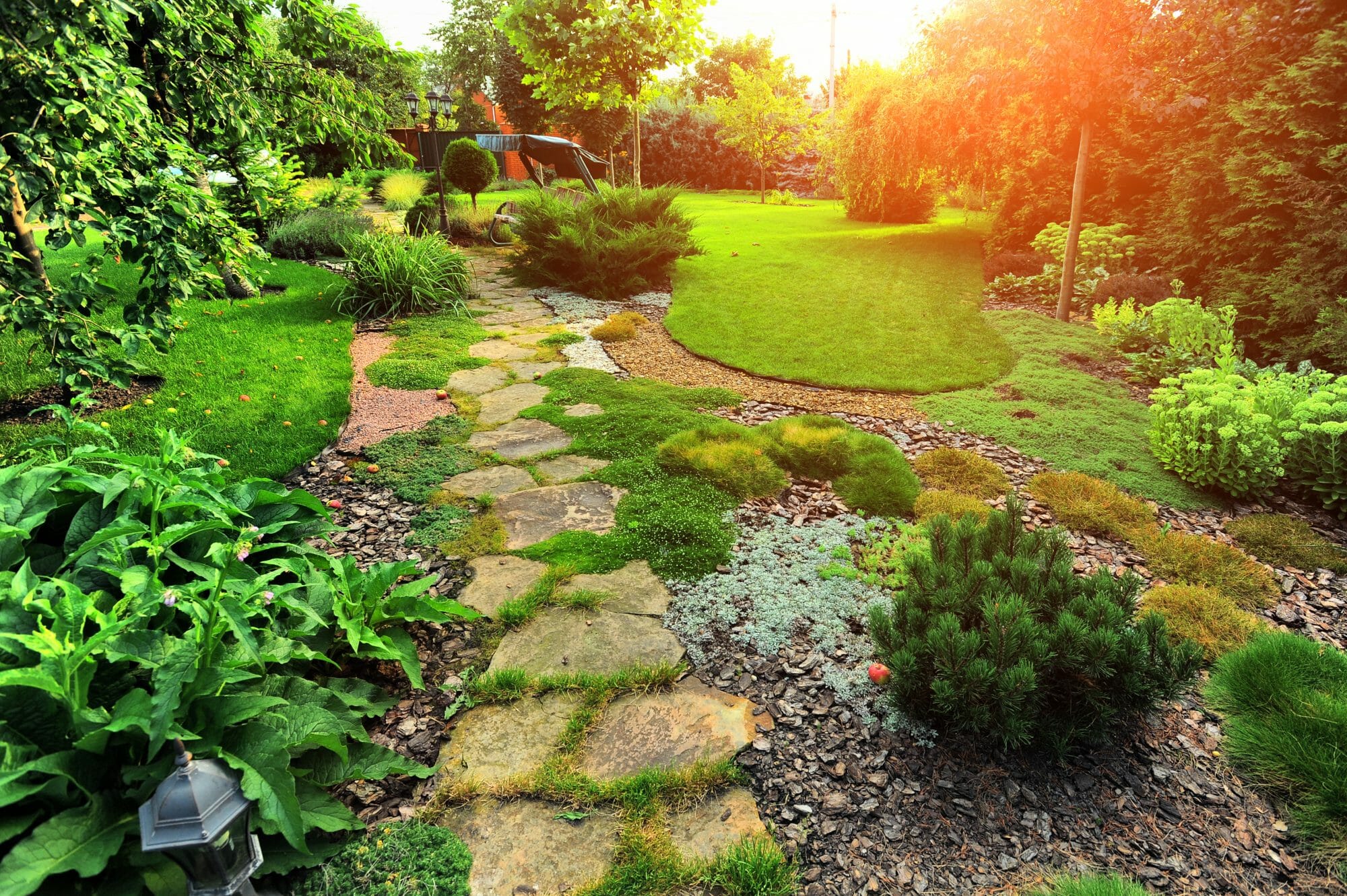More About Hilton Head Landscapes
More About Hilton Head Landscapes
Blog Article
The Definitive Guide for Hilton Head Landscapes
Table of Contents4 Easy Facts About Hilton Head Landscapes DescribedThe 30-Second Trick For Hilton Head LandscapesUnknown Facts About Hilton Head LandscapesHilton Head Landscapes for BeginnersHilton Head Landscapes Fundamentals ExplainedSome Of Hilton Head LandscapesSome Ideas on Hilton Head Landscapes You Should Know
Line creates all kinds and patterns and can be made use of in a range of ways in the landscape. Line in the landscape is created by the edge in between two products, the outline or silhouette of a form, or a lengthy linear feature. Lines are an effective tool for the developer due to the fact that they can be made use of to produce a limitless range of shapes and kinds, and they regulate movement of the eye and the body.

Lines in the landscape. The homes of lines determine exactly how individuals react to the landscape, both emotionally and literally.
Fascination About Hilton Head Landscapes
Curved lines produce an informal, all-natural, unwinded personality that is connected extra with nature and unbalanced equilibrium. Rounded lines relocate the eye at a slower speed and add enigma to the room by developing covert views.
Vertical lines in the landscape consist of high, slim plant material, such as trees, or tall structures, such as an arbor or a bird house on a pole. Straight lines move the eye along the ground plane and can make a room really feel larger. Reduced lines are a lot more subdued and create a sensation of remainder or repose.
Things about Hilton Head Landscapes
Reduced lines are produced by reduced garden walls, sidewalks, and brief hedges. Lines are utilized to draw forms on a strategy. In plan sight, they define plant beds and hardscape areas. Lines are additionally produced by the upright kinds of developed functions and plant product. There are three main line types that develop form in the landscape: bedlines, hardscape lines, and plant lines.
Bedlines connect plant product to the house and hardscape since the eye complies with the line, relocating the look through the landscape. Hardscape lines are developed by the edge of the hardscape, which marks the developed structure. Line can likewise be created by lengthy and narrow products, such as a fencing or wall.
Examine This Report on Hilton Head Landscapes
Form is found in both hardscape and plants, and it is typically the leading aesthetic aspect that spatially arranges the landscape and often establishes the style of the garden. The type of frameworks, plant beds, and yard accessories also determines the total kind theme of the garden. Official, geometric kinds consist of circles, squares, and polygons.
Plants develop form in the yard with their lays out or silhouettes, yet kind can also be defined by a space or unfavorable room between plants - landscape design hilton head (https://plant-waitress-d90.notion.site/Transform-Your-Outdoors-with-Hilton-Head-Landscapes-174812708a624c49ad532d2e0de1d93f). Circles can be cycles, or they can be divided into half circles or circle sectors and combined with lines to produce arcs and tangents
The Of Hilton Head Landscapes
Circles are a solid style form since the eye is always attracted to the center, which can be made use of to emphasize a focal point or link other types. Round types in hardscape and yard panels.
The square form can likewise be segmented and pre-owned repetitively to produce a grid pattern. Unlike circles, squares are stronger on the edges, which can be lined up or overlapped to develop distinct patterns and even more complex forms.
Meandering lines typically simulate the all-natural course of rivers or streams and can be explained as smooth lines with deeply curved undulations. Twisting lines (Number 3) function well for paths, plant bedlines, and completely dry stream beds. Meandering lines can add passion and enigma to a garden by leading visitors around edges to discover new sights and areas.
3 Simple Techniques For Hilton Head Landscapes

Usual plant kinds are well developed and standard, as type is the most consistent and identifiable attribute of plants. Form can also be created via the massing of plants, where the total mass develops a various form than a specific plant.
A very contrasting type must be made use of with careone or more work well as a prime focus, yet a lot of wreak havoc. Natural plant kinds, as opposed to over-trimmed forms, need to establish the bulk of the make-up. The relevance of total form is basically depending on the watching perspectivethe kind of a tree can appear fairly different to a person standing under the cover versus viewing the tree from a range in an open area.
The 10-Second Trick For Hilton Head Landscapes
Plant kinds likewise develop and specify the void or open spaces between the plants, developing either convex or scooped types have a peek at these guys in deep spaces. High-arching tree branches normally create a concave open room under the branches, and a round canopy with reduced branches fills up the area to create a convex type in the open room under the tree.

Report this page